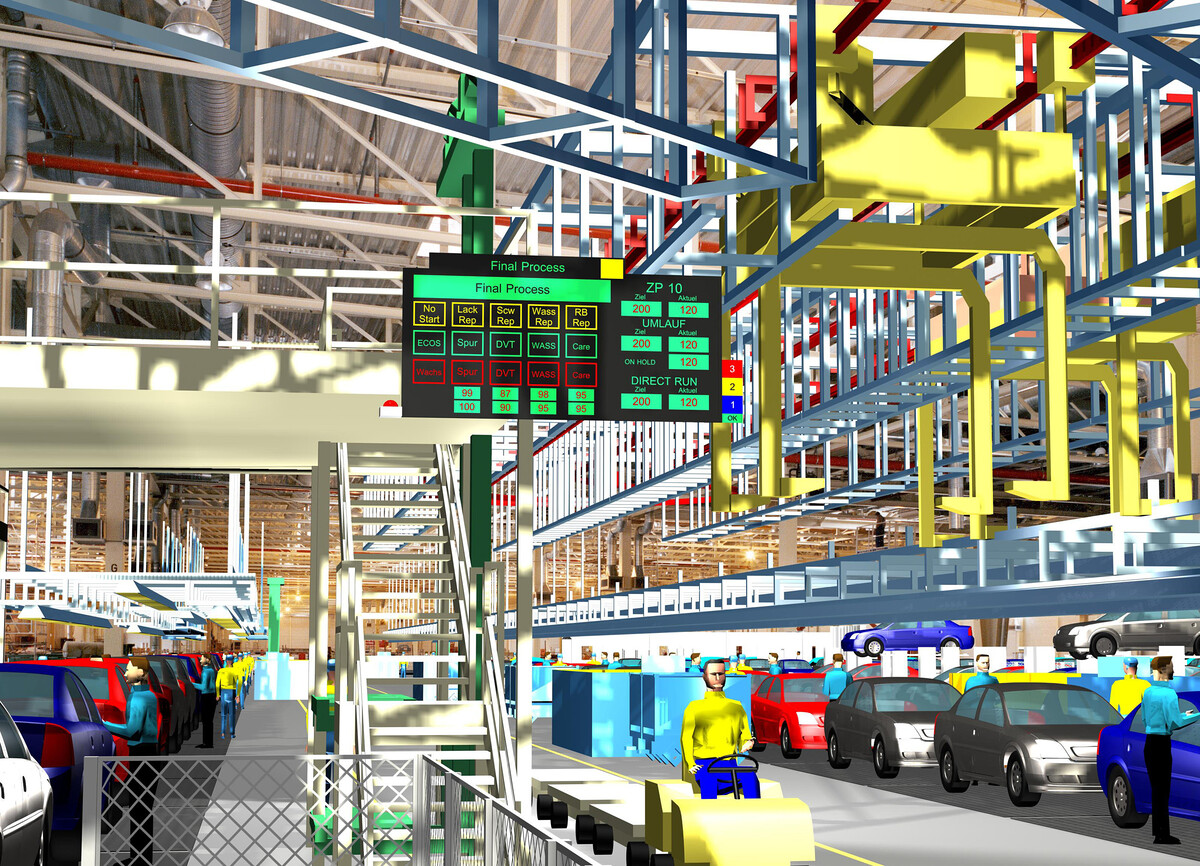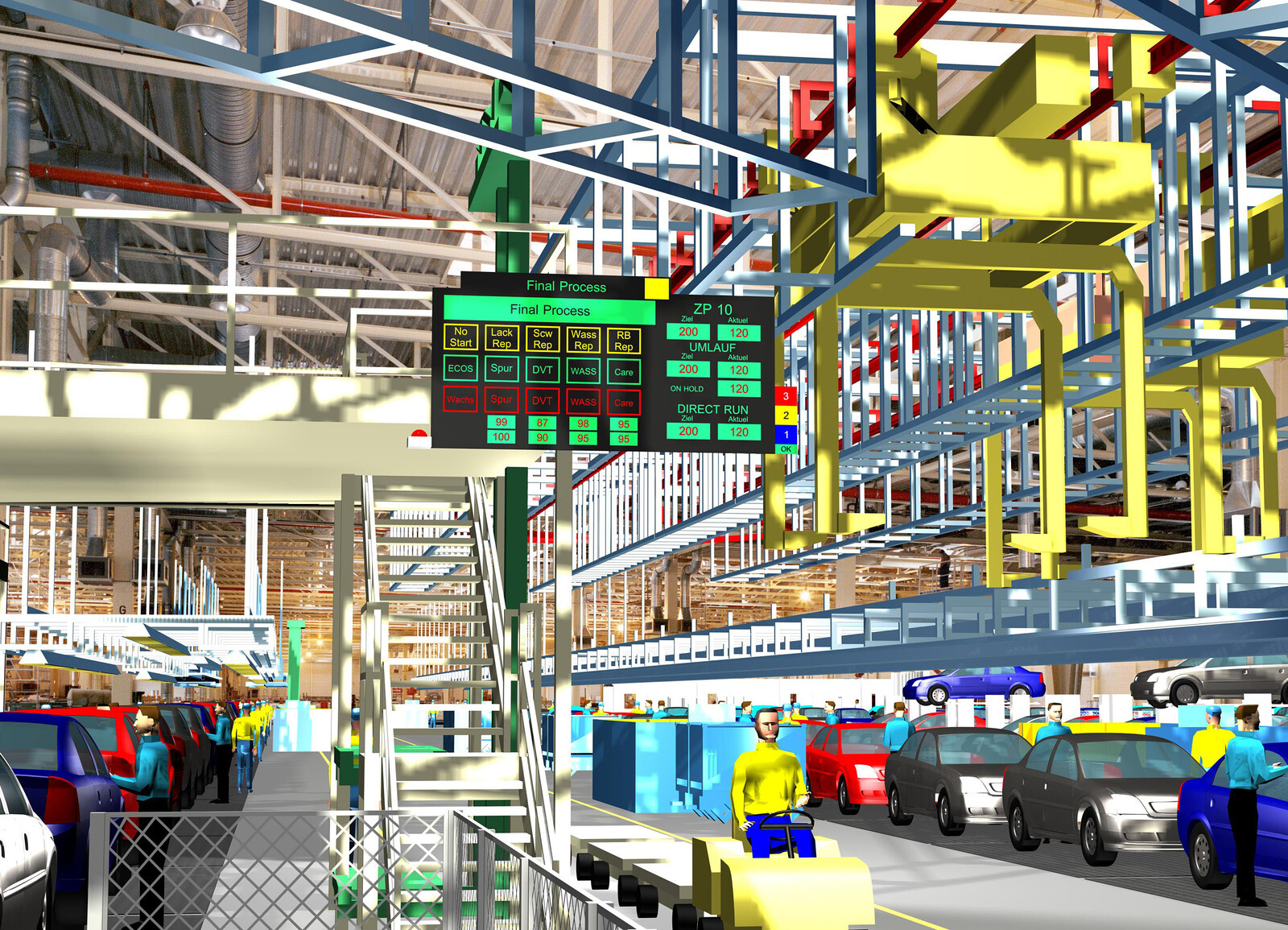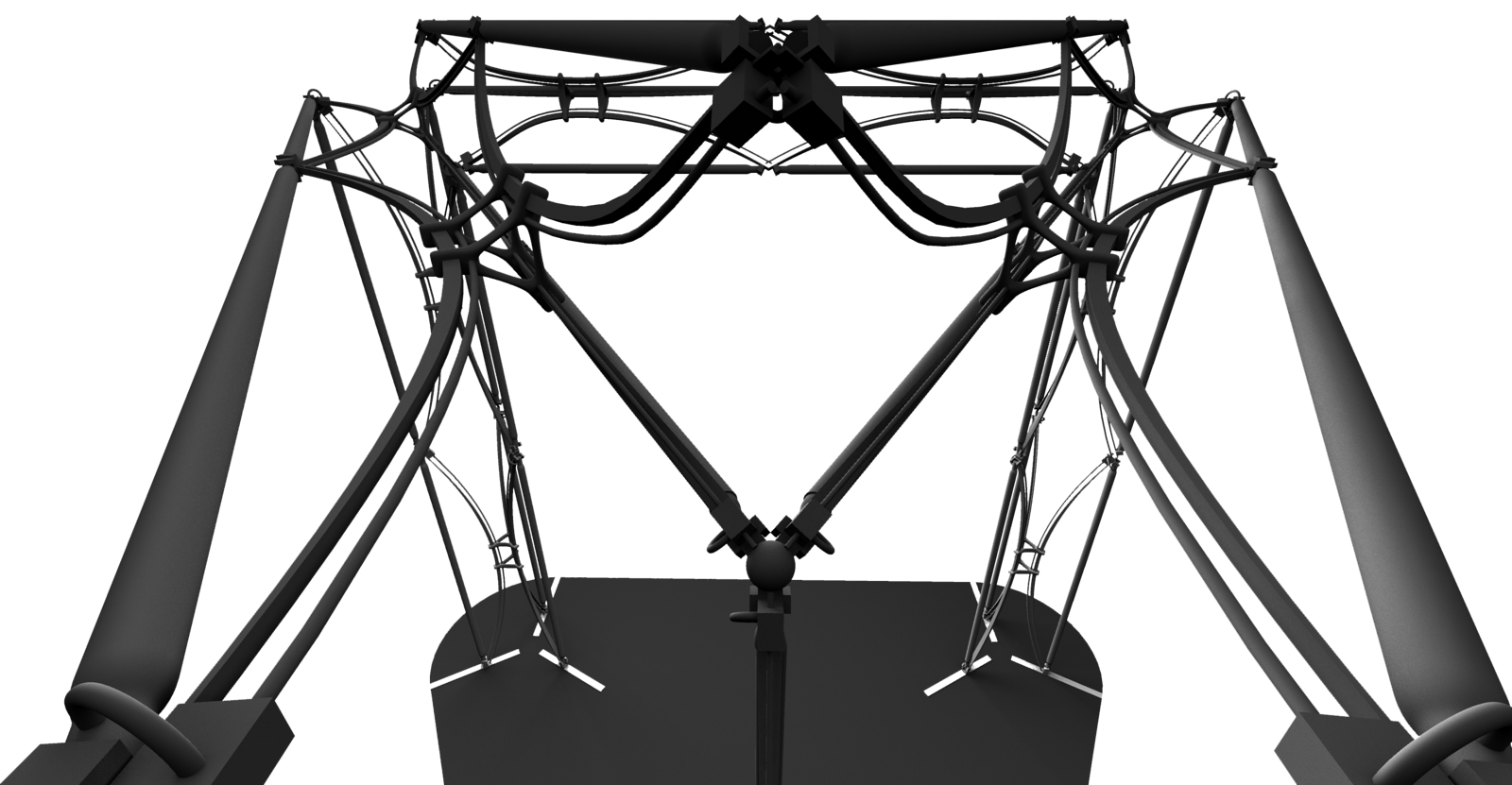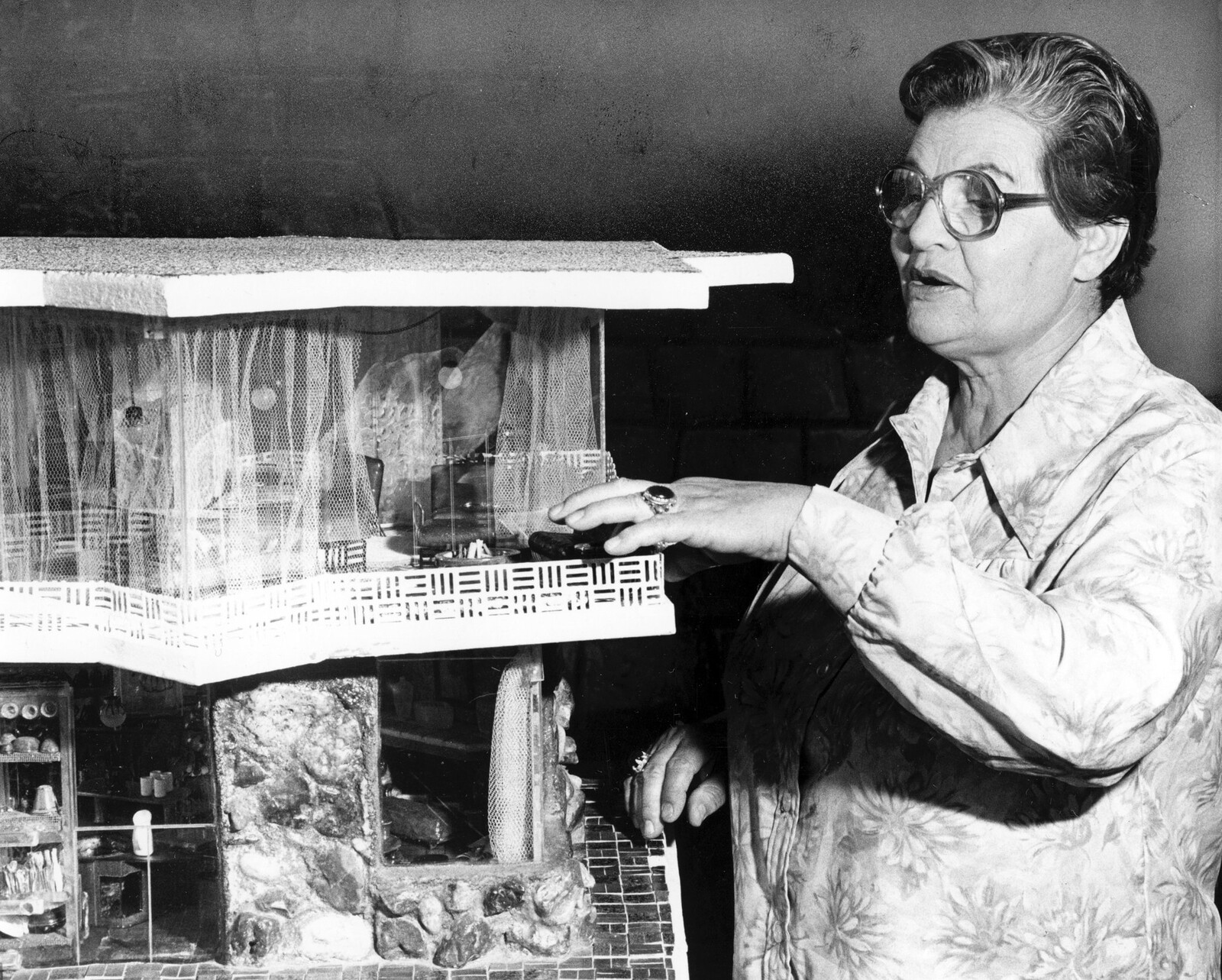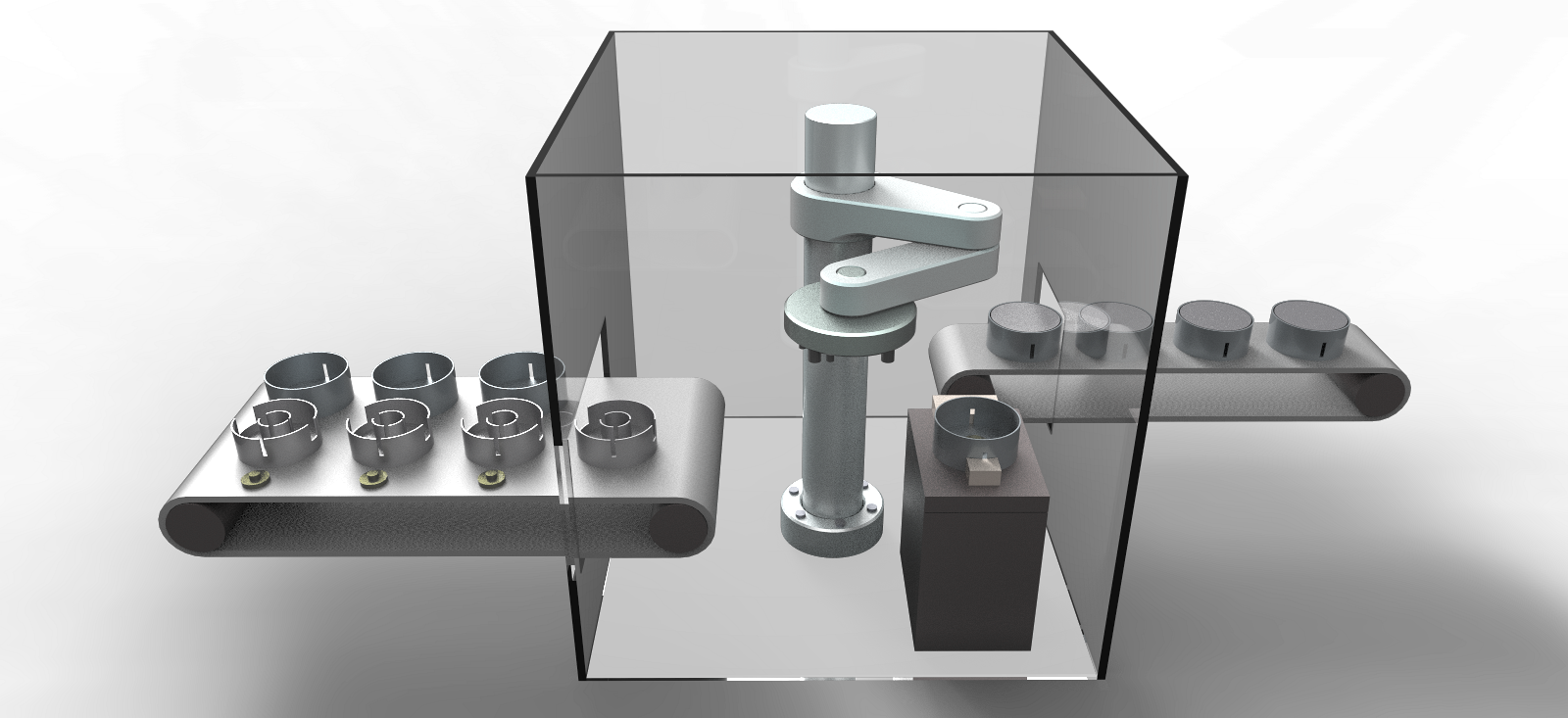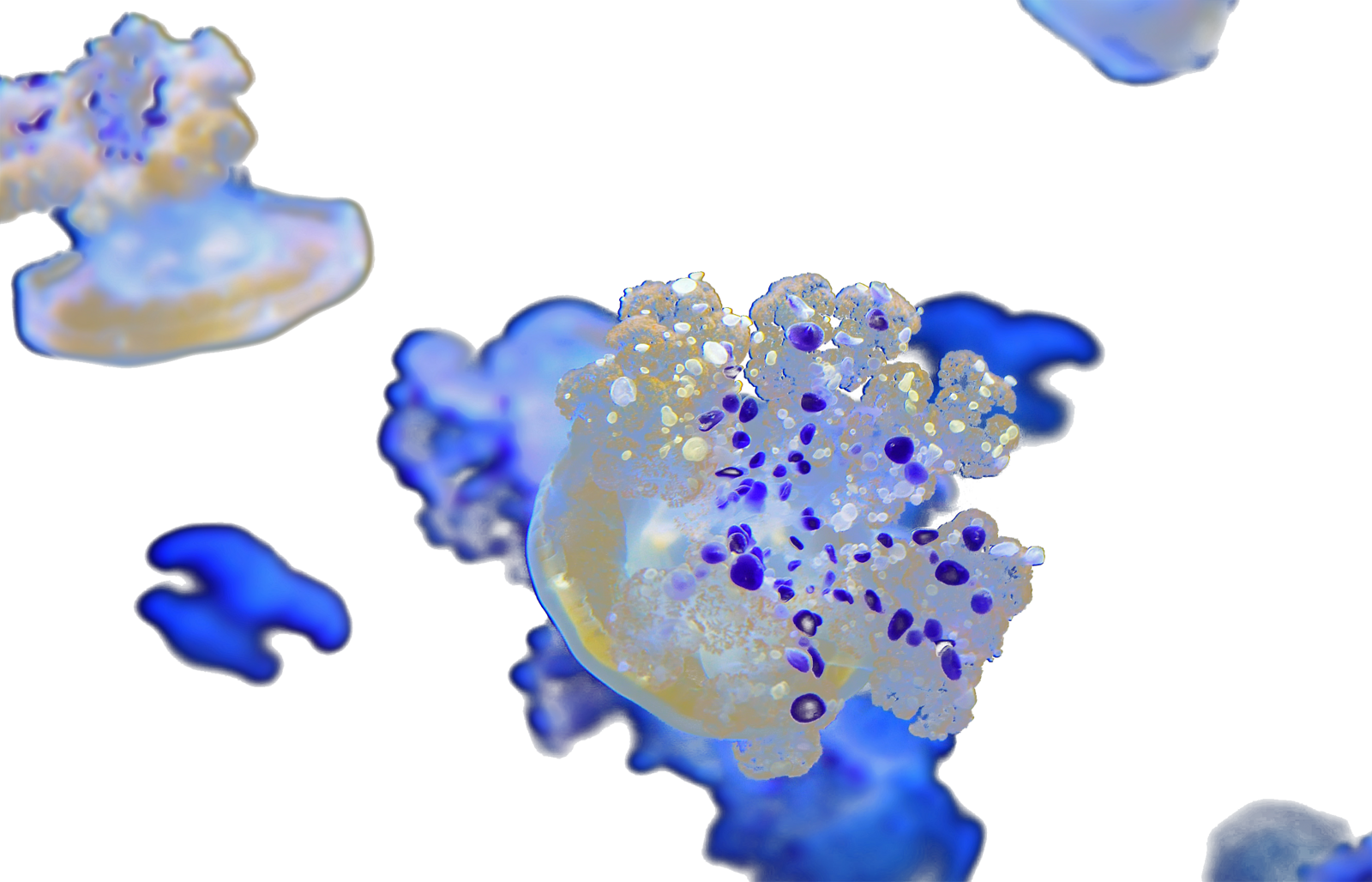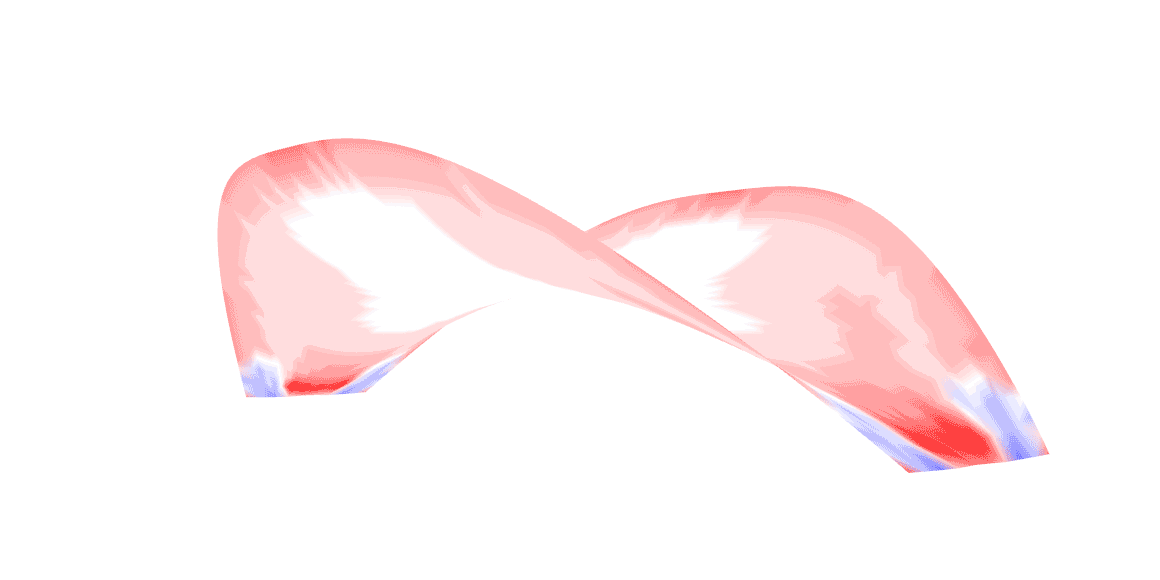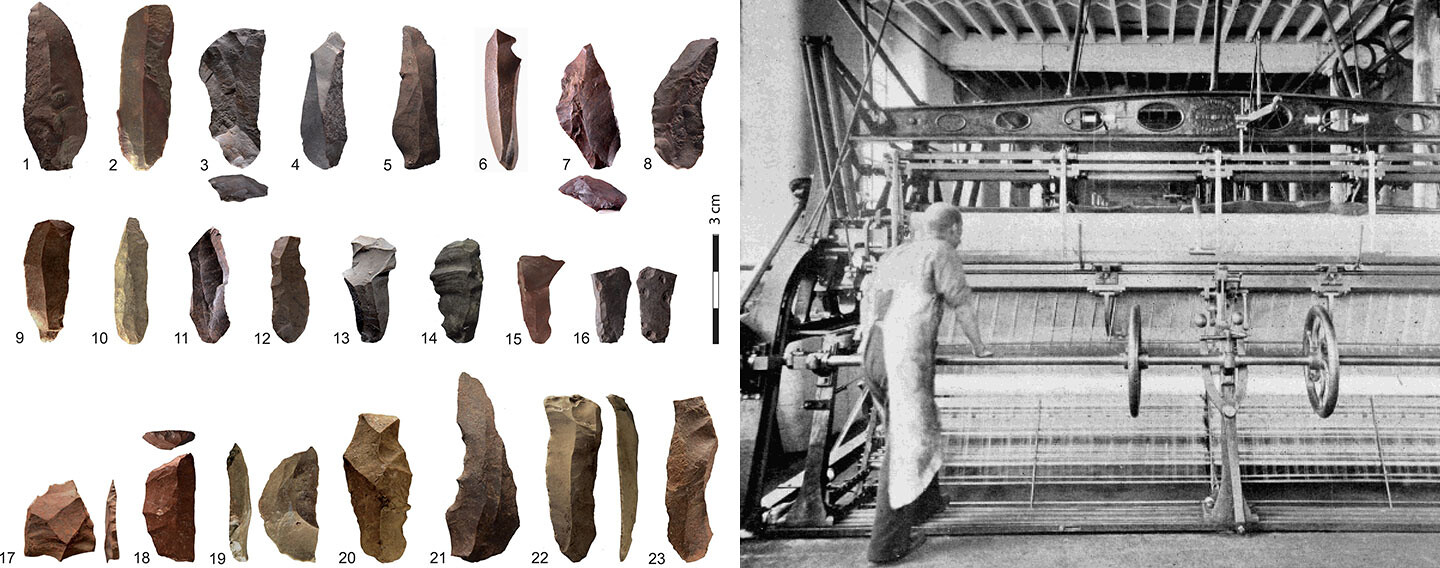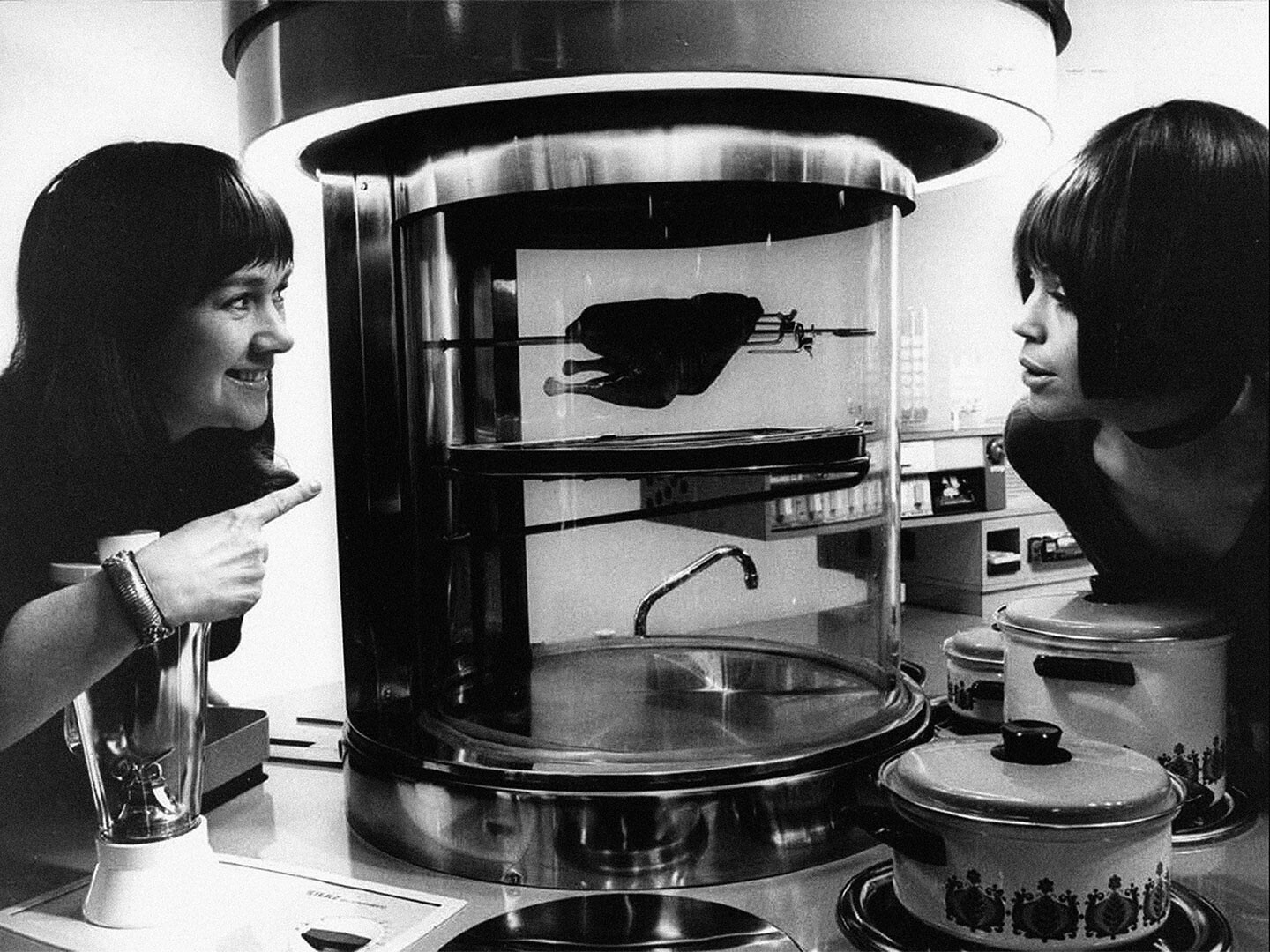Fitter, happier
More productive
Comfortable
Not drinking too much
Regular exercise at the gym, three days a week
Getting on better with your associate employee contemporaries
At ease
—Fred1
Automation is a system of control dependent on standards. The introduction of automation to the workplace has created a need to fit the human body to its rigid mechanic rhythm. From ergonomic keyboards to time management sheets and Soylent liquid foods, corporeality has been adjusted to the industrial schedule. Imaging technology has played a major role in the process of establishing a body standard by providing tools to record, scrutinize, and rationalize the human figure. Paradoxically, as special effects unlocked the entertainment industry’s wildest image-desires, the same technology rendered corporeality transparent; a 3D scanner developed by the US Air Force to measure and average its personnel for instance, was subsequently used on the set of James Cameron’s Terminator II to liquefy the shapeshifting android T-1000. Standardization might evoke a calming image of normalcy against the backdrop of the bizarre everyday, yet it provides a rationale for discrimination by defining a norm and demanding individual transparency.
Becoming Machine
With the introduction of the moving assembly line for automotive production, Henry Ford arranged human and machine within an industrial choreography geared for maximum efficiency. Each worker was assigned one manufacturing step and instructed to perform it repeatedly for the duration of their shift. Charlie Chaplin depicts this mechanization of a worker’s movements in his silent film Modern Times when Chaplin’s character can’t stop performing the ingrained motion while walking from the assembly line to the break room. The production of the Ford Model T took a record ninety-three minutes and forty-five individual steps to assemble, pushing cars onto streets at insane speed. Such productivity was only possible with a well adjusted human-machine symbiosis, which Frank and Lillian Gilbreth’s sought to achieve with their Motion Studies.
The Gilbreth’s employed image making methods that serve as a precursor to contemporary motion capture technology. Instead of the tight bodysuits garnered with white reflective markers of today, they attached small lights to workers’ hands and took long exposure photographs of single actions that were to be repeated on assembly lines. Jagged lines left behind by the lights tracing the hand’s path would point to unnecessary or inefficient movements to be eliminated. Suddenly there was a “right way” to mount a screw, bend a wire, or grab the next piece. With the Gilbreth’s method constraining motion and industrializing the body, human movement ceased to be free. The optic gaze analyzing the laboring body would soon turn data into pixels, drastically accelerating the amount of data gathered, and as a result, power and the potential for its control. In Frank Gilbreth’s own words: “It is extremely difficult to demonstrate to the average person the reality and value, and especially the money value of an intangible thing. The motion model makes this value apparent and impressive. It makes tangible the fact that time is money and that an unnecessary motion is money lost forever.”2
Databases Full of Body
Pioneered by French police officer Alphonse Bertillon in the beginning of the nineteenth century for criminal identification, anthropometry is the measurement and quantification of the human body into recordable units. Bertillon believed rigorous body data collection would yield insight into the facial features of a criminal and be useful for predictive policing as well as identifying repeat offenders. Translating the human body into numbers is used and abused as an instrument of power and control, enforcing quantitative transparency against the foreign and unknown Other; it has served to rationalize racial, genetic, and body discrimination with horrific consequences. Anthropometry is complicit in some of the worst crimes against humanity, yet it is embedded in a wide array of applications today, such as forensic science, biomechanics, anthropology, ergonomics, computer graphics, architecture, and industrial design. Even without harmful intent, there is considerable danger in discriminating, rather than elevating the individual body. The question of who body measurement standards apply to, are applied by, and with which intentions they are established and maintained is not always challenged, and can sometimes even be blatantly disregarded when an existing database is accessed with a differing motive.
Such “recycling” of existing body data became public concern when in 2015 a US Republican Presidential candidate called for a “Muslim database” to prevent the “immigration of Trojan Horses.”3 Commercial databases established by social media platforms and online services already contain vast quantities of information that could be used for such a registry, to which Cindy Cohn, executive director of civil rights group Electronic Frontier Foundation, responded: “It’s absolutely the case that the data can be used in ways that identify and target minorities. It won’t be perfect, but it doesn’t have to be perfect to be problematic. The human rights costs are huge whether it’s perfect or not.”4 Citing historical instances of corporeal data abuse, employees of US based tech companies responded with a pledge to not repeat the types of crimes that have been predicated in the past by such data collection practices.5 Nevertheless, dubbed the New Oil™, vast body data is collected and stored daily at huge commercial value. Bodies will keep producing, devices and platforms collecting, and databases storing. Just imagine, for example, the amount of corporately owned biometric data that will be collected when facial recognition gets incorporated into the operations of our personal networked devices (on top of the already stored fingerprint data).
Before omnipresent personal devices were capable of such machine vision feats, body data was recorded by governmental entities conducting population statistics. In 1988, the US Army Anthropometric Survey (ANSUR) collected data of 158 individual body coordinates from around 6,000 men and women. The aim of the study was an updated body measurement database of the US Army’s contemporary personnel “to guide the design and sizing of clothing, personal protective equipment, work stations, and computer-generated human models.”6 The generation of computer-generated human models is what is so striking to read. 1988 incidentally also marks the year Pixar’s Tin Toy became the first animated film to win an Academy Award, establishing 3D computer graphics among the hyper-resolution of Hollywood. During this moment of the silicon image’s cultural verification, the ANSUR survey marks a crucial development from modelled computational graphics to three-dimensional captured images of the “real world.”
The US Army’s 1988 body data collection introduced an apparatus aptly named the “Automated Headboard Device (AHD),” which captured three-dimensional coordinates from the head and face in a resolution manually difficult to attain. In total, the AHD collected twenty-six face landmarks, like a low-res point cloud ancestor to today’s 3D scanning technology. This shift from constructing to capturing imagery possibly contributed to attributing a degree of objectivity previously applied to photography as a mechanical witness to 3D technologies. Documentary filmmaker Errol Morris once described photographs as frames “ripped out of the fabric of reality,” containing as much truth as the photographer’s intentions. A photograph’s frame omits the remaining degrees of vision. Three-dimensional imaging technology, however, captures volumetric data and allows the frame to be adjusted afterwards. As such, computational imaging conjures an illusion of an all-seeing machine that can capture parametric truths about the human body.


Siemens PLM. Source: ➝.
Reflecting on the survey’s process, it’s technical postscript goes on to project anthropometric data collection into the future, eerily evoking an image of biometric data collection as it is lived today: “anthropologists and engineers will utilize remote imaging devices, such as lasers, video cameras, and holographic systems, to collect great quantities of 3-D shape information very rapidly.“ For the iPhone 5 launch in 2013, American telecommunications company Sprint answered the survey’s speculation with their new advertisement for unlimited data plans. Against a background of a hyper-looped version of Ray and Charles Eames’ Powers of Ten remixed with warm saturated images of joyful community, a voice-over declares: “We can share every second in data dressed as pixels. A billion rowing photo journalists uploading the human experience, and it is spectacular. So why would you cap that. My iPhone 5 can see every one of you, every panorama, the entire gallery of humanity. I need to upload all of me. I need, no, I have the right to be unlimited.”7
The Sprint ad depicts omnipresent optical surveillance, one that would eventually amass a database of body data larger than any anthropometric study possibly could. Once the body data has been collected however, how does one get to a “computer-generated human model”? Generating and animating life-like humanoids on screen faced two main challenges: how to graphically produce a human figure and how to model it according to corporeal measurements. Since the mid 1980s a team lead by Dr. Norman Badler at the University of Pennsylvania’s Centre for Human Modelling and Simulation has been working on Jack, a research project into humanoid simulation software to provide “a computer graphics surrogate human” to engineers and designers to “augment their analysis of designed environments.”8 The aim of Jack was to virtually prototype the ergonomics of manufacturing processes, workplace layout, and product design within a digital factory prior to being built. Spatial layout, machine ergonomics, and human factors could all be calculated in a parametric environment, for which accurate human measurements were crucial. The body data collected within the ANSUR database served as the perfect repository to base the synthetic model on. With Jack, Frank and Lillian Gilbreth’s Motion Study was replaced by a digitally simulated assembly line. Before any workers entered the factory, before the factory was even built, digital replicas crash tested the human-machine symbiosis.
Now part of Siemens’ Industry Automation division, Jack is still in use today. While it has been updated with virtual reality and real-time motion capture capabilities, the software graphics still look similar to the original version. And despite its international application, Jack’s human simulation struggles in diversity. Since the original version of the software, a female virtual figure referred to as Jill has been added, upholding heteronormative standards. Both of these mannequin’s visual representation is by default rendered in one skin color only. Although new anthropometric databases have been added, the ANSUR database remains the virtual human’s backbone.9 Any measurement data not supplied by a newly added or custom database less detailed than ANSUR will be “guesstimated” based on the original data.10 In this way, the now decades-old data representing a narrow group continues to trickle down and define the contemporary body, it’s work environment, and ergonomics, on an international scale. With Jack and Jill in charge of the future workplace, artificial normalcy is distributed, concealed within a design tool.
For the love of the opaque, mysterious body.
According to Elon Musk, accelerated progress in computing power and capture technology within the past forty years might have encapsulated us in a simulation without noticing. If technology is able to reproduce a copy of the “real” as dense in resolution as the original, we might find ourselves in a Borges’ hyperreality, unable to distinguish the model from the original. Yet whether we are in a simulation or not, the current lived reality is saturated with ample seeing machines rendering bodies transparent, enforcing one to be either Jack or Jill, the standard model citizens. Maybe this reduction of the body to fit a standard in turn produces a simulated environment in and of itself, one in which the reality of bodies is excluded. Musk’s age of simulation could already be upon us, however not because of advanced technological means reproducing our surroundings, but by limiting what a human body is. Devices for automated border control currently being implemented throughout the West already provide access only to bodies complying with its height, hair, and mobility requirements.
Philosopher and poet Édouard Glissant describes the peril of claiming this form of transparency as the basis for interacting with one another: “In order to understand and thus accept you, I have to measure your solidity with the ideal scale providing me with grounds to make comparisons and, perhaps, judgments. I have to reduce.”11 He goes on to beautifully yet vehemently call for more individual opacity and a right to difference by denouncing reductionist practices of assessing humans according to established norms. Automation is a complex system orchestrating individual interacting parts. For it to function, it relies on consistently established norms and standardization across all components. If automation was ever to have provided freedom of work, it has instead arrested the human body in standardization.
“Fitter Happier,” Radiohead, OK Computer (1997). Spoken by Fred, a synthesized voice of the SimpleText software included with early Macintosh computers.
Frank Bunker Gilbreth and Lillian Moller Gilbreth, Applied Motion Study: A Collection of Papers on the Efficient Method to Industrial Preparedness (New York: Sturges & Walton Company, 1917).
Amy Davidson Sorkin, “Trump’s Muslim Database Game,” The New Yorker (November 23, 2015), ➝.
Michael J. Coren, “We already have a Muslim registry. It’s called Facebook,” Quartz (December 30, 2016), ➝.
See Never Again, ➝.
Claire C. Gordon et. al, Anthropometric Survey of U.S. Army Personnel: Methods and Summary Statistics 1988 (Yellow Springs, Ohio: Anthropology Research Project, Inc., 1989).
See ➝.
N. I. Badler, C. B. Phillips and B. L. Webber. Simulating Humans: Computer Graphics, Animation, and Control (Oxford University Press, 1993), 9.
Jack’s portfolio currently includes Asian, Indian, Canadian Land Forces, Chinese, German, NHANES and North American Auto Workers anthropometric databases. See ➝.
Peter Blanchonette, “Jack Human Modelling Tool: A Review” Australian Government Department of Defence, Air Operations Division, Defence Science and Technology Organisation (2010), ➝, 16.
Édouard Glissant, Poetics of Relation (University of Michigan Press, 1997), 190.
Artificial Labor is a collaboration between e-flux Architecture and MAK Wien within the context of the VIENNA BIENNALE 2017 and its theme, “Robots. Work. Our Future.”
Category
Artificial Labor is collaborative project between e-flux Architecture and MAK Wien within the context of the VIENNA BIENNALE 2017.
